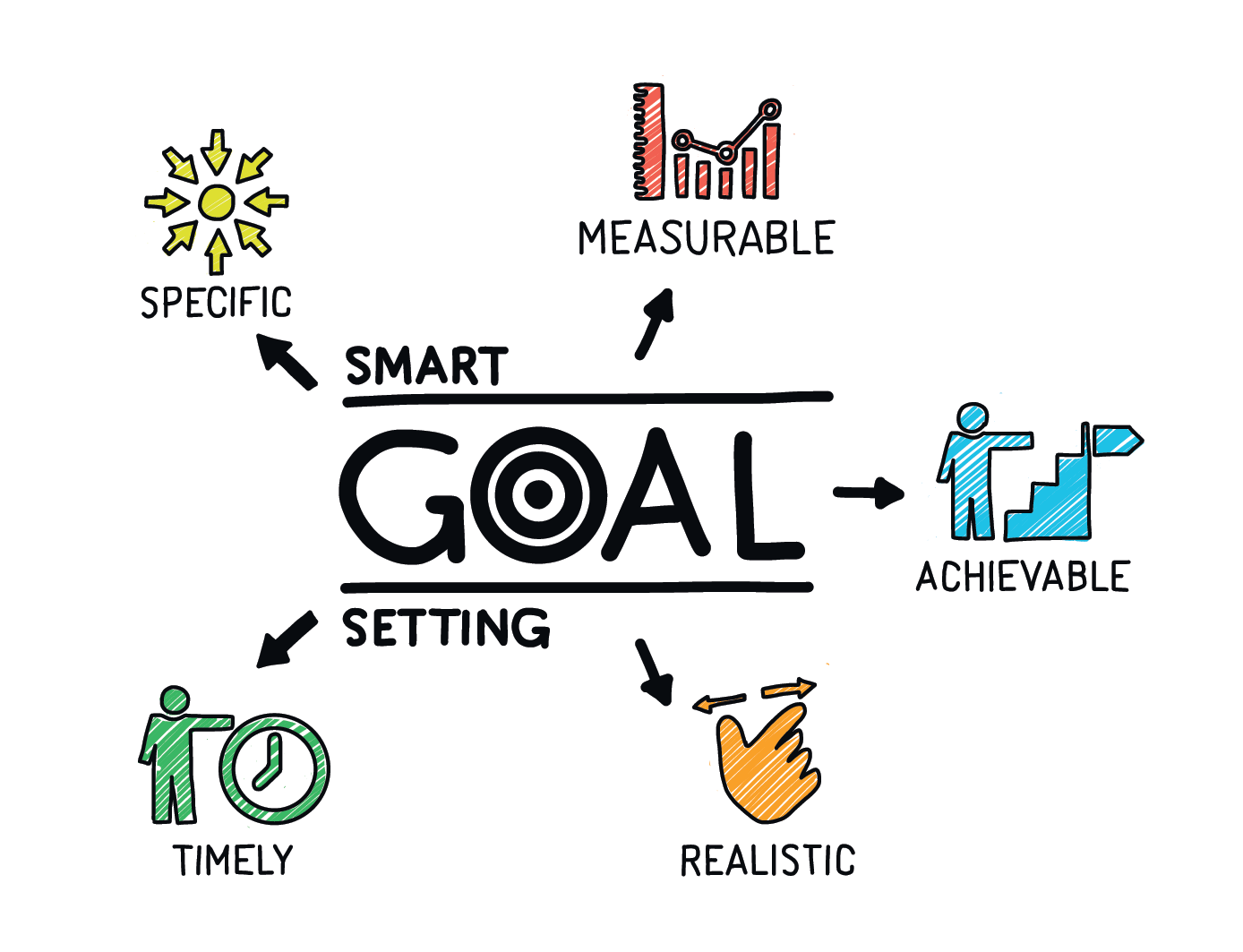Travelers are concerned about three things: travel experience, your vehicle and fleet management, and departure and destination time.
Creating a great travel experience for customers is one way to create loyal customer, for your business to operate effectively, you need to know where to focus your attention. When fleet is properly managed, it can be determined that some business metrics can be achieved.
Optimizing your business fleet is a must do component of many businesses, management of fleet must be done correctly since it may directly affect your business operations, increase unnecessary cost which can be controlled early enough.
Whether managing a small fleet of delivery vans or a large fleet of trucks, effective fleet management can significantly impact a company’s bottom line and operational success.
Related: Optimizing Logistic Solutions: A Comprehensive Guide

5 fleet management best practices that will help you streamline your operations for efficiency and profit.

Here are five steps to consider:
- Set goals
- Automate manual work
- Assest management
- Maintenance strategy
- Professional development for drivers
Set goals

Establishing goals and following progress toward them is a must, aligning the entire team of what needs to be achieved at a particular time and stage
Setting goals is a fundamental aspect of effective fleet management. Clear and well-defined goals provide direction, facilitate strategic planning, and serve as benchmarks for measuring progress and success. Here are several ways in which setting goals can significantly enhance your fleet management
- Provides Direction and Focus: Goals give a clear sense of direction, helping fleet managers and their teams focus on specific areas that need improvement or development. With defined goals, resources can be allocated more efficiently to achieve desired outcomes.
- Enhances Performance Measurement: Goals serve as benchmarks for measuring performance, making it easier to track progress and identify areas where improvements are needed
- Improves Efficiency: Setting goals related to fuel consumption, maintenance schedules, and route optimization can lead to more efficient operations.
For instance, a goal to reduce fuel consumption by a certain percentage can encourage the implementation of fuel-efficient driving practices and better route planning. - Encourages Accountability: Clearly defined goals create accountability within the fleet management team. Team members understand their responsibilities and what is expected of them. Establishing goals and monitoring progress towards them is a must. Perhaps more importantly, these goals should be well defined and well communicated throughout your business.
Related: Factors affecting choice of transportation in Nigeria
Automate manual work
Automating manual work in fleet management offers numerous benefits, enhancing efficiency, accuracy, and productivity. By leveraging technology to handle repetitive and time-consuming tasks, fleet managers can focus on more strategic activities. Fleet managers can use automation of manual work to get this benefit
- Increase efficiency: Automation reduces the time spent on routine tasks such as data entry, scheduling, and reporting.
- Improves Accuracy: Manual data entry is prone to human error, which can lead to inaccurate records and reports.
- Enhances Driver Management: Automated systems can track driver performance and behavior, providing insights into areas such as speeding, harsh braking, and idling.
- Reduces Administrative Burden: Automating administrative tasks such as invoicing, payroll, and documentation reduces the workload on administrative staff.
An integrated fleet management system eliminates hours of data entry from your day, managers can receive real time updates from their team and access relevant information, quickly.
Asset management
Asset management is a critical component of effective fleet management, encompassing the tracking, maintenance, and optimization of all fleet assets,
The first goal to follow for effective fleet management best practices is cost control. The two main costs of the car fleet are labor and fuel consumption. To keep your fleet running efficiently, you need to control both of these costs.
By implementing an asset management plan, you open up a dialogue between key stakeholders in your organization – and have a lay out plan on controlling cost
Implementing an asset management plan in fleet management involves a series of structured steps to ensure the efficient utilization, maintenance, and tracking of all fleet assets.
Follow this steps to create an asset management plan
- Define Objectives and Goals:
- Inventory All Assets
- Choose the Right Asset Management System
- Develop Asset Management Policies and Procedures
- Set Up Preventive Maintenance Schedules
Maintenance strategy
A well-defined maintenance strategy is crucial for effective fleet management. It helps ensure that all vehicles and equipment are in optimal working condition, reducing downtime, improving safety, and extending the lifespan of assets.
- Minimizes Downtime: Regular scheduled maintenance helps detect and address potential issues before they lead to breakdowns. This minimizes unexpected downtime and keeps the fleet operational.
- Predictive Maintenance: Using data from telematics and diagnostic tools, predictive maintenance identifies patterns and predicts failures, allowing for timely interventions.
- Reduces Maintenance Costs: A strategic approach to maintenance scheduling ensures that services are performed at optimal intervals, preventing both over-maintenance and under-maintenance.
- Enhances Safety: Routine inspections ensure that all safety-related components, such as brakes, tires, and lights, are in good condition, reducing the risk of accidents.
- Improves Asset Lifespan: Scheduled Servicing: Regular servicing keeps vehicles running efficiently and extends their useful life, delaying the need for costly replacements.
- Boosts Operational Efficiency: Route and Schedule Optimization: Well-maintained vehicles are more reliable, allowing for better planning and optimization of routes and schedules.
Implementation Steps for a Maintenance Strategy
- Assess Current Maintenance Practices: Evaluate the current maintenance processes and identify areas for improvement. Conduct a fleet audit to understand the condition and performance of all assets.
- Set Clear Maintenance Goals: Define specific goals, such as reducing downtime, cutting maintenance costs, or improving safety. Align these goals with the overall fleet management objectives.
- Develop Maintenance Policies and Procedures: Establish standard operating procedures for preventive, predictive, and corrective maintenance. Document and communicate these procedures to all relevant stakeholders.

Professional development for drivers
Professional development for drivers is a crucial strategy in fleet management that enhances the overall efficiency, safety, and productivity of the fleet. Investing in the ongoing training and development of drivers not only benefits the drivers themselves but also has a significant positive impact on the fleet’s performance and the company’s bottom line.
- Improves Safety: Enhanced Driving Skills: Continuous training programs help drivers improve their driving skills, making them more adept at handling various road conditions and situations.
- Reduces Operational Costs: Training drivers on eco-driving techniques can lead to significant fuel savings by promoting smoother driving habits, reducing idling, and optimizing routes.
- Enhances Regulatory Compliance: Regular training ensures that drivers are current with the latest regulations and compliance requirements, such as hours of service, safety standards, and environmental regulations.
- Enhances Customer Satisfaction: Training programs that focus on customer service skills ensure that drivers represent the company professionally, leading to improved customer interactions and satisfaction.
- Promotes Health and Wellness: Ergonomics and Fitness: Programs that include ergonomic training and promote physical fitness can help drivers maintain good health, reducing the risk of injuries and absenteeism.
For your car fleet to work effectively, you need to utilize modern technologies, focus on work that matters, create more strategic initiatives. Fleet management software will help you track various indicators which you don’t have to be bothered about, With an effective approach to fleet and asset management, it is possible to continually improve efficiency and productivity, lower costs, enhance employee and customer satisfaction and drive revenue growth and profitability.


